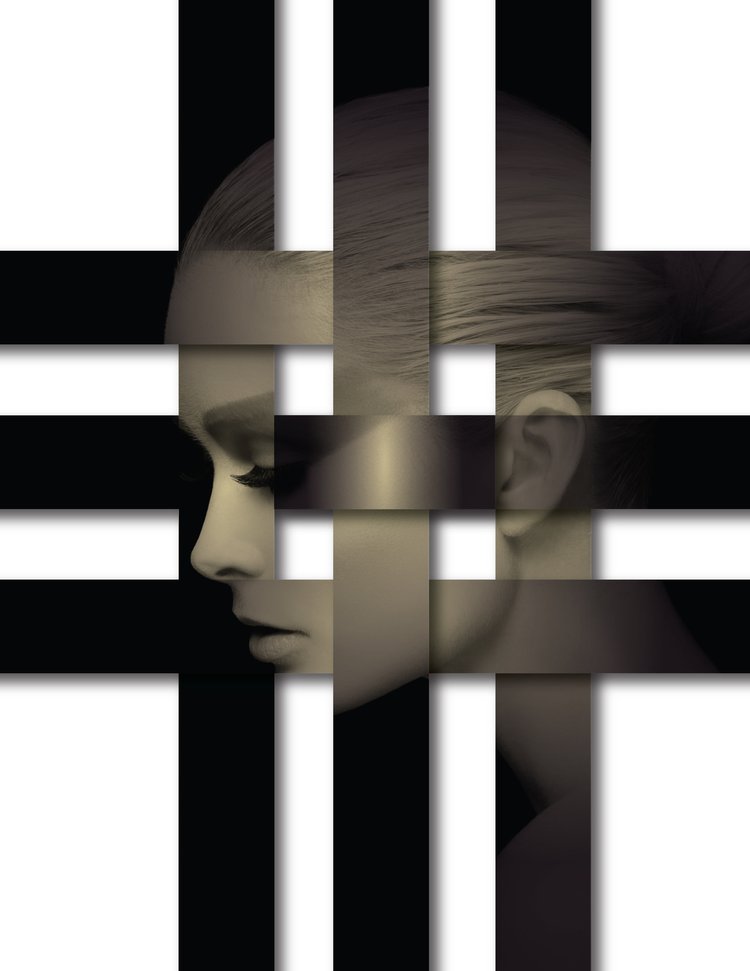Earlier this year I was speaking at a photo convention in Japan. There were several photographers speaking and the day before the convention started we had a rehearsal session. I watched as one photographer set up to do a live photo shoot. He set up his lights, took a photo, then looked at the back of his camera to see if the exposure was right. He did this for about 15 minutes trying to figure out the right exposure until he finally got close but it was still off a bit.
4 Photography Mistakes And How To Avoid Them - Day 3
# 3: I can just use the histograms or the camera display to judge my exposure
We have all done it before so don't feel bad. I mean, it's easy to look at the display on the back of your camera and think the exposure is correct, but judging your pictures this way can lead to big disappointments. Especially if you are trying to look at your camera display while shooting outside on a bright sunny day.
The histograms give you a better view on what is correct in terms of exposure but it is still not enough information I believe. To avoid making exposure mistakes discover how to use a light meter. A light meter will never lead you wrong. Remember, numbers don't lie, but your camera display can and will fool you at times.
To learn more about light and photography, join me today for the FREE webinar/master class which take place this Tuesday, November 1st starting at 10:00 a.m. PST
Register here - Master Class: How Photographic Lighting Can Increase Your Income In 90 Days
Time: 10:00 a.m. PST (California) / 1:00 p.m. EST (New York)
Always dream big,
Matthew
